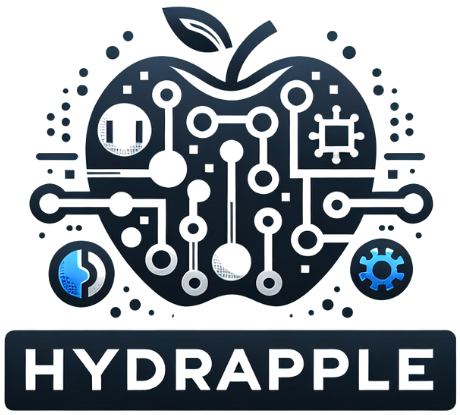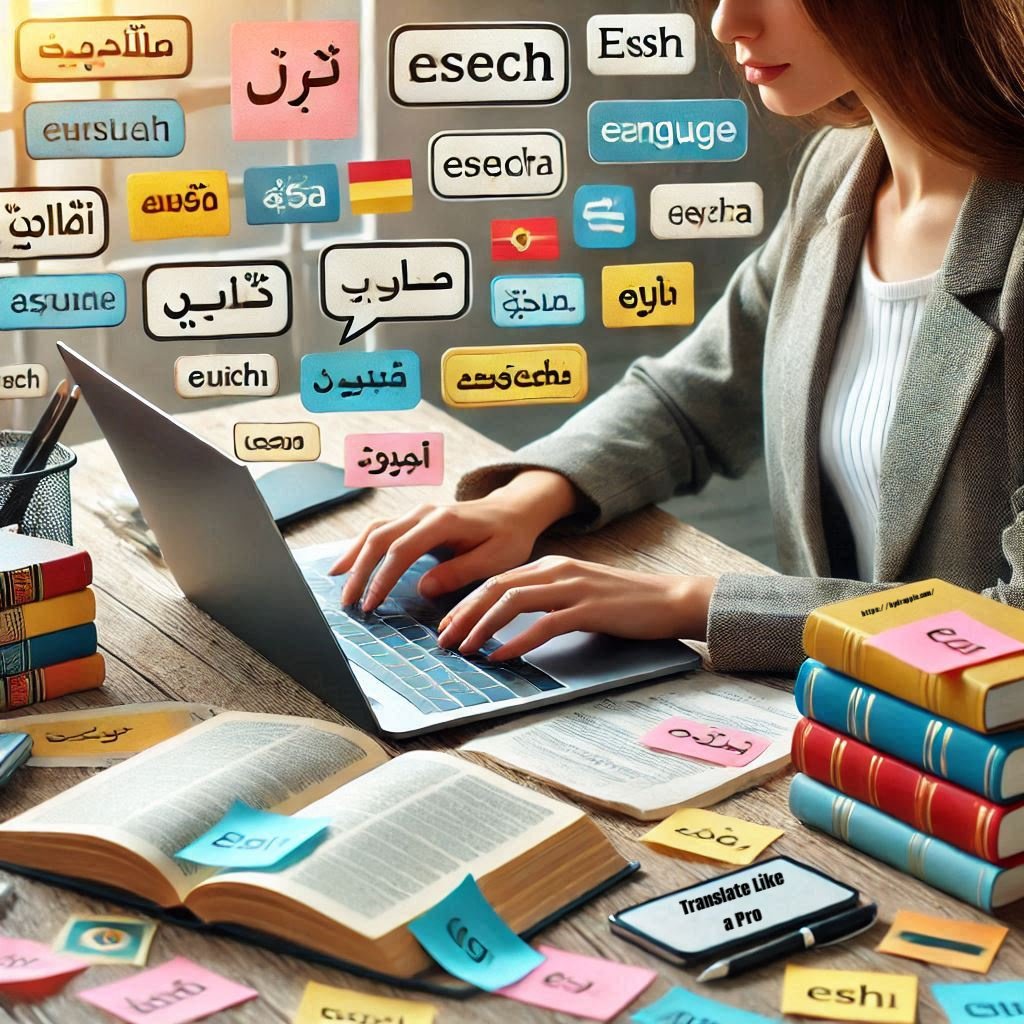Effective communication transcends borders, connects cultures, and fosters understanding. At the heart of this is the art of translation, a skill that bridges language gaps while unlocking access to information for communities worldwide. Whether you’re a translator, language enthusiast, or content creator, understanding how multilingual text impacts our modern world can enhance your efforts and create meaningful connections.
This blog will explore various facets of translation, from translating Creole to English and English to Swahili to specialized tools like Shakespearean translators and bibliometric analysis of flash translation layers. By the end, you’ll have a broader appreciation for the role of multilingualism and the tools available to accomplish it.
Why Translation Matters in a Multilingual World
Translation isn’t simply about word-for-word conversions. It’s about preserving language’s nuance, tone, and cultural aspects. A mistranslation can alter the meaning of a text or lead to embarrassing misunderstandings (remember those poorly translated restaurant menus?). With globalization, creating multilingual text is more crucial than ever—especially when fostering inclusivity, educating diverse groups, and sharing stories that resonate across boundaries.
Here’s where this power comes to life in specific contexts:
Translate Creole to English
Creole languages, a blend of European and local dialects, are widely spoken across regions like the Caribbean and West Africa. For example, Haitian Creole—a mix of French vocabulary and African syntax—is vital for communication in Haiti. Translating Haitian Creole to English opens up opportunities for NGOs, businesses, and educators to provide resources to Creole-speaking communities while fostering cross-cultural understanding.
Tips for accurate translation:
- Understand the cultural context within each Creole dialect.
- Watch for idiomatic expressions that don’t align perfectly when directly translated into English.
Translate English to Haitian Creole
Flipping the focus and translating from English to Haitian Creole is essential for those working in this community-focused field. Useful for instructions, medical information, or legal documentation, every translation must maintain clarity in a language spoken by millions of Haitians.
Tools like Google Translate can help, but leveraging human expertise ensures that context and specific syntax rules are well-preserved for authenticity.
Translate English to Swahili
Swahili, spoken by over 200 million people in East and Central Africa, is a Bantu language steeped in cultural richness. Translating English to Swahili is crucial for growing communication channels in technology, education, business, and tourism. Swahili translations need to honour traditions while incorporating modern concepts.
Key translation tool insights:
- Use tools like Bing Translator for basic translations, but always fact-check cultural accuracy with native language experts.
Translate English to Albanian & Albanian to English
Albanian is a fascinating Balkan language with a unique linguistic structure. Translators working between English and Albanian must pay attention to grammatical nuances, particularly given that Albanian has a different alphabet and sentence structure. Understanding these differences is essential for precise language conversion, whether working with historical literature or modern business contracts.
Shakespearean Translator
Have you ever wondered how your modern English phrases would sound in Elizabethan-era English? Shakespearean translators offer a glimpse into Old English charm, transforming everyday language into “thou,” “thee,” or “how doth thee today?” While this might seem like a niche tool for fun, it has practical applications in education or theatre, helping users connect with the works of Shakespeare on a deeper linguistic level.
Translate English to Armenian
Armenian lends itself to high-context translations, particularly in religious or historical texts. When converting English to Armenian, it’s crucial to maintain the integrity of cultural depth embedded in Armenian texts. Tools tailored for translating such historically rich languages ensure the original meanings are preserved.
Translate Norwegian to English
Despite Norway’s high fluency in English, translating Norwegian to English is vital in industries like shipping, renewable energy, and literature. Norwegian translations often involve adapting to dialects such as Bokmål and Nynorsk, ensuring that scripts, contracts, or literary works reach a global audience seamlessly.
Break Noun in Spanish Translation
Spanish is widely spoken but rich in regional variations and unique grammatical constructs, such as compound nouns. Breaking down nouns in Spanish proves crucial for accurately conveying meanings. For example, translating “toro mecánico” literally produces “mechanical bull,” but context matters when referring to this carnival attraction.
Ensuring Spanish translations are grammatically correct and culturally relevant is essential to creating multilingual text with universal appeal.
Flash Translation Layer: A Review and Bibliometric Analysis
The flash translation layer is the cutting edge of real-time translation technologies, enabling large-scale multilingual communication in milliseconds. From bibliometric analysis, we learn that these tools instantly empower industries such as e-commerce, publishing, and social media to cater to multi-ethnic audiences. While machine translations have grown remarkably, combining this with expert human review ensures delivery is polished and accurate for professional use.
Jamaican Language Translator
Patois, also called Jamaican Creole, is known for its vibrant and rhythmic syntax. Translating Jamaican Patois requires understanding the heart and culture of its origins while adapting them into relatable English expressions. Think of songs written in Patois gaining accessibility worldwide through translation, opening another dimension for art appreciation.
The Future of Multilingual Text
What does the future hold for translation technologies? Artificial Intelligence (AI) and Neural Machine Translation (NMT) are advancing toward real-time voice-to-text translation. Tools like DeepL and many open-source platforms are stepping in to provide hyper-accurate multilingual solutions.
Nevertheless, AI can’t replace the cultural richness human translators bring. A balance between AI tools and human expertise is the key to creating powerful multilingual texts that resonate with global audiences.
Actionable Takeaways for Creating Stellar Multilingual Text
Whether you’re an individual translator or an enterprise aiming to localize offerings for global audiences:
- Understand Your Audience: Translation isn’t just about words, but culture and intent.
- Invest in Tools: Harness the power of translation software but pair it with human expertise for nuanced projects.
- Aim for Accuracy Over Speed. Never sacrifice quality for a quick fix.
Mastering multilingual text is an art form, and as language enthusiasts, it’s our opportunity to create ripples of impact cross-culturally.

